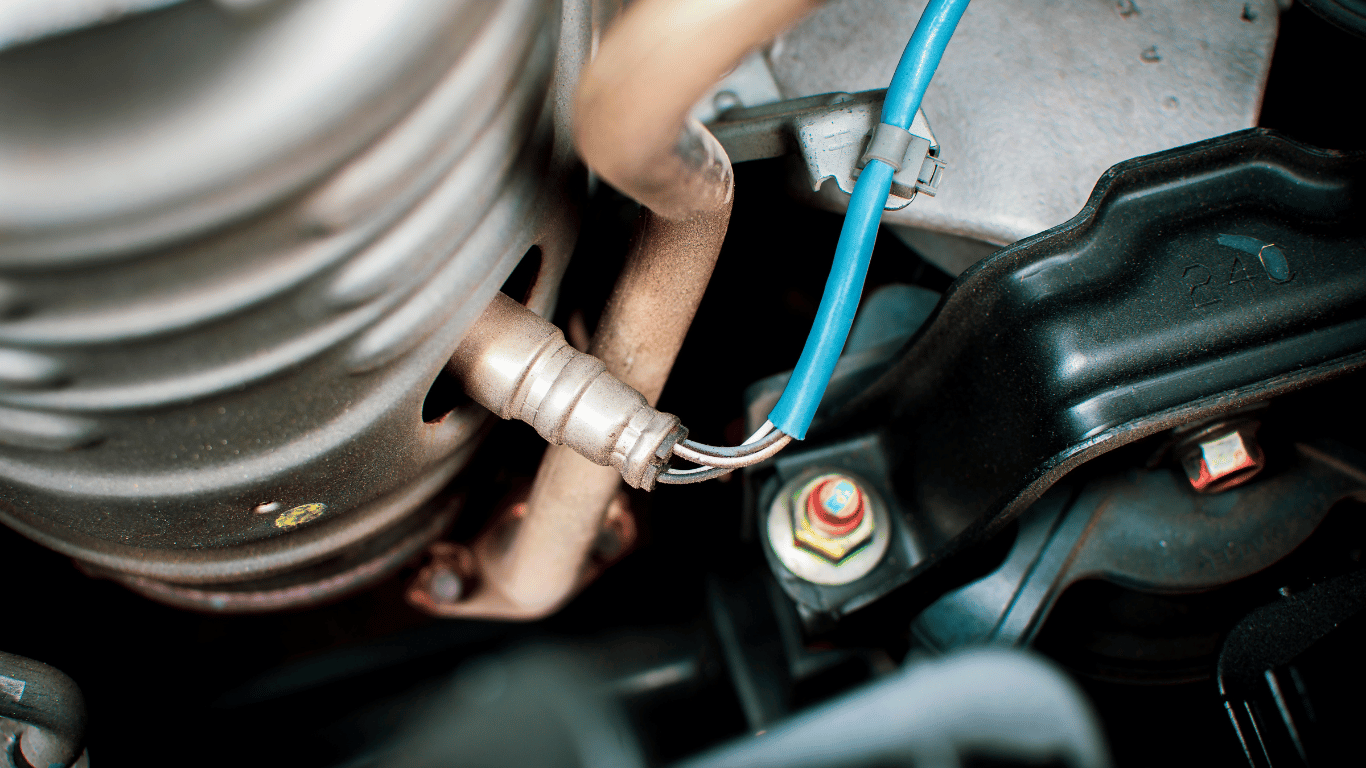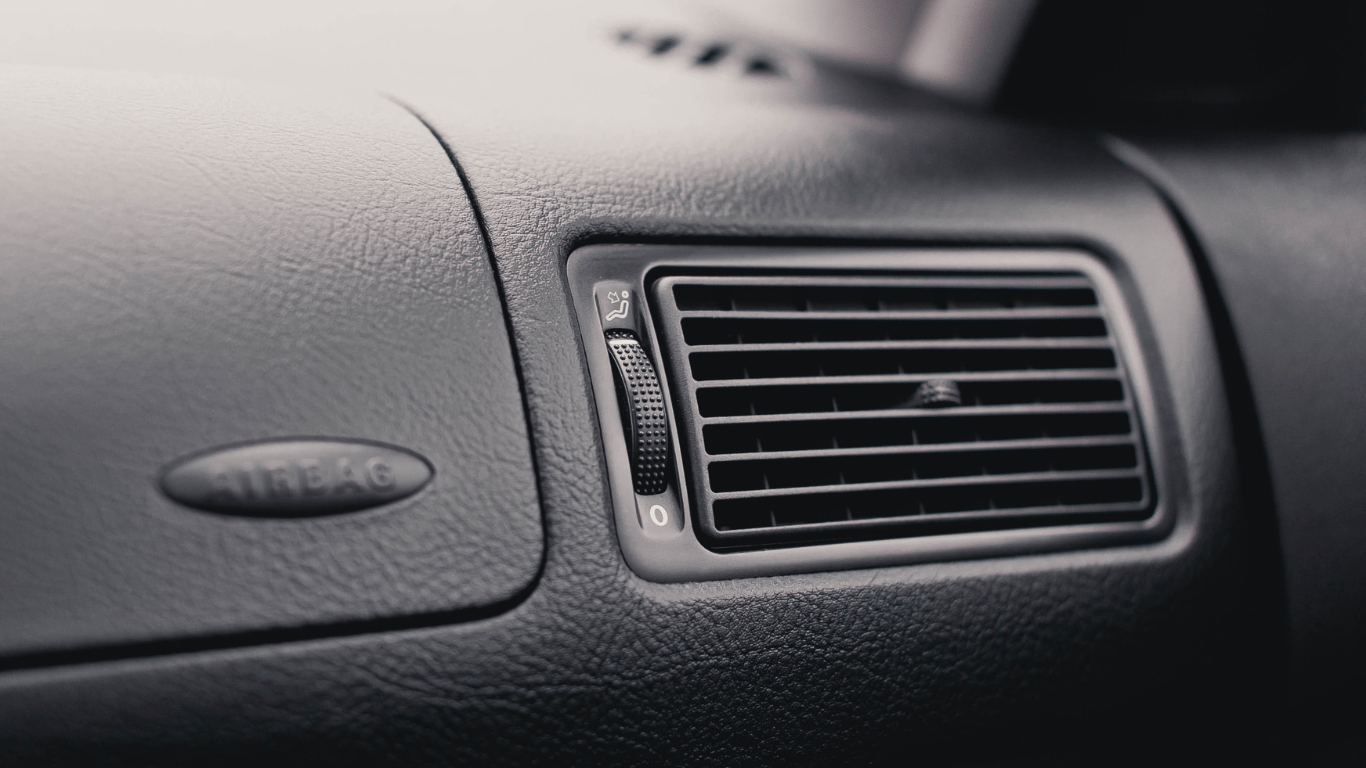When the dreaded check engine light flickers, many South African drivers immediately worry about costly repairs or confusing diagnostics. One under-the-hood culprit behind mysterious engine issues is the oxygen sensor—an essential yet often misunderstood component. If you’re noticing rough idling, worsened fuel consumption, or unexpected emissions test failures, your car’s oxygen sensor may be to blame. This comprehensive guide breaks down common symptoms, causes, diagnostic steps, repair costs, and professional solutions—all tailored to South African driving conditions. As SA’s leading mobile mechanic platform, Fixxr helps you understand the problem and book expert service with confidence.
What Does an Oxygen Sensor Do & Why Does It Matter?
Oxygen sensors, sometimes called O2 sensors, play a vital role in your engine’s fuel management system. They monitor the proportion of oxygen in the exhaust gas, providing real-time data to your car’s engine control unit (ECU). This feedback allows the ECU to maintain the optimal air-fuel ratio for combustion, essential for:
- Maximising fuel efficiency
- Minimising harmful emissions
- Preventing engine damage
According to AutoTrader South Africa, “modern vehicles rely on oxygen sensors to meet emission standards and ensure smooth driving.” In South Africa, properly functioning O2 sensors are crucial for passing emissions checks and staying compliant with regulations outlined in the SA Automotive Masterplan.
Fast Facts: Oxygen Sensor Basics
- Located in the exhaust manifold or pipe (pre- and post-catalytic converter)
- Most cars have 2-4 O2 sensors, depending on make and model
- Typical replacement interval: 100,000 km (check your manual!)
Top Signs Your O2 Sensor Is Failing (Symptoms to Watch For)
A malfunctioning oxygen sensor can show up in subtle—and not-so-subtle—ways. Here’s what to look for:
1. Illuminated Check Engine Light
This is the most common sign. Many South African car owners ignore the light, but it’s your car’s way of saying “something’s not right!” A failing oxygen sensor triggers specific diagnostic trouble codes (DTCs), which a professional diagnostic inspection can confirm.
- How to schedule a diagnostic inspection
- Check fuel cap light inspection (sometimes confused with O2 sensor issues)
2. Worsening Fuel Economy
An oxygen sensor that isn’t working can send incorrect information to the ECU, causing your vehicle to burn more fuel. If you’re visiting the pump more often but haven’t changed driving habits, an O2 sensor problem might be the cause.
3. Rough Idle, Engine Hesitation, or Stalling
Performance problems—such as rough idle, misfiring, or hesitation—could indicate an incorrect air-fuel ratio from faulty sensor readings.
4. Failed Emissions Test
Effective as of the SAAM 2021-2035, emissions compliance is mandatory for many vehicles, especially in major metros. A faulty sensor can result in a test failure, leading to fines or registration issues.
5. Sulphur/Rotten Egg Smell or Black Smoke
A defective O2 sensor might cause unburnt fuel to exit through the exhaust, resulting in a rotten egg smell or visible smoke.
6. Engine Warning Codes and Dashboard Alerts
Sensors interact with other fuel system components (fuel injectors, fuel pressure sensors, etc.), leading to confusing dashboard messages or warning lights.
The Root Causes: Why Oxygen Sensors Fail in SA Cars
Oxygen sensors don’t last forever—they’re subject to wear and the unique demands of South African roads and fuel. Common causes of failure include:
- Aging and mileage: Sensors degrade over time (often after 100,000 km)
- Contaminated fuel or additives: Poor fuel quality or excessive additives (common with lower-grade petrols) deposit residues on the sensor
- Oil or coolant leaks: Fluids entering the combustion system can foul the sensor surface
- Physical damage: Off-roading, water crossings, or rough Gauteng potholes might damage exposed sensors
For best results, combine oxygen sensor inspections with routine fuel filter replacement to prevent contamination.
Professional Diagnostics: How Mechanics Pinpoint O2 Sensor Faults
A key value of mobile mechanic services like Fixxr is thorough and convenient diagnostics. Here’s the typical troubleshooting process:
Step 1: Scanning for Error Codes
Fixxr technicians use advanced diagnostic scanners to read engine codes and pinpoint if the O2 sensor is to blame or if another component—such as a fuel pressure sensor—is involved.
Step 2: Live Data Analysis
Mechanics examine live data from the oxygen sensor while the engine runs, checking for:
- Stagnant or erratic voltage readings
- Delayed response times
- Mismatched signals between pre- and post-catalytic converter sensors
Step 3: Visual and Functional Inspection
A physical check for fouling, physical damage, or wiring issues. In some cases, the problem may trace back to related systems, such as faulty fuel injectors.
Step 4: Confirming the Culprit
Rule out other causes—such as vacuum leaks, bad spark plugs, or fuel system problems—before recommending replacement.
Commonly Confused Issues: Sensors & Warning Lights
Not every check engine light or rough-running engine means an O2 sensor has failed. Related problems to consider include:
- Loose or faulty petrol cap (check fuel cap light inspection)
- Malfunctioning fuel pressure sensors
- Faulty fuel injectors or heavily clogged fuel filter (fuel injector replacement service, replace your car’s fuel filter)
Professional diagnosis saves you time, money, and frustration by accurately identifying the source rather than guessing or swapping expensive parts.
What Does Oxygen Sensor Replacement Cost in South Africa?
O2 sensor replacement costs vary depending on your car, the number of sensors, and labour rates, but you can expect:
| Type of Vehicle | No. of Sensors | Parts Cost (R) | Labour (R) | Total Estimate (R) |
|---|---|---|---|---|
| Small hatchback (2 sensors) | 2 | R850 – R1,800 | R600 – R950 | R1,450 – R2,750 |
| Mid-size sedan (2-4 sensors) | 2-4 | R1,300 – R3,800 | R700 – R1,400 | R2,000 – R5,200 |
| SUV/4×4 (4 sensors) | 4 | R3,200 – R6,000 | R1,000 – R2,000 | R4,200 – R8,000 |
Note: Aftermarket versus OEM (original equipment) sensors may have different costs and warranties. Fixxr offers a 6-month/10,000km warranty on all professional oxygen sensor replacements.
Note: Most Aftermarket providers do not provide returns on electrical related components like oxygen sensors and while the sensor might “look exactly” like your OEM fitted sensor different calibrations mean that Aftermarket parts are typically far less likely to work like your OEM sensor. At Fixxr we have found that fitting OEM sensors, while more expensive as a part, end up costing you way less in the long-run.
When to Replace vs. Repair: Key Considerations
Replacing a faulty oxygen sensor is almost always more cost-effective than attempting repairs. Modern sensors can’t be cleaned effectively or repaired once fouled or dead. The risk of running rich (damaging your catalytic converter or fuel injectors) is far costlier than replacing the sensor promptly.
- Book professional oxygen sensor replacement for peace of mind
- If unsure, book a service with Fixxr for diagnostics first
Practical Tips to Prevent Oxygen Sensor Problems
- Use high-quality fuel from reputable petrol stations (and avoid leaded or contaminated fuels)
- Replace your fuel filter as per your car’s schedule
- Address oil/coolant leaks promptly
- Don’t ignore warning lights—schedule diagnostics early!
Why Choose Fixxr for O2 Sensor Diagnostics & Replacement?
Fixxr is South Africa’s top-rated mobile mechanic network, known for:
- Certified mechanics with extensive experience on all makes and models
- Convenient services at your home or work, across major SA cities
- Transparent pricing with no hidden fees
- 6-month/10,000km warranty on all repairs
- Commitment to quality: we use trusted OEM or high-quality aftermarket parts
Book your oxygen sensor replacement or diagnostic today, or book a service with Fixxr for any engine issue.
Understanding your car’s oxygen sensor is vital for smooth, efficient, and compliant motoring in South Africa. When symptoms arise, don’t ignore them—early diagnosis saves money and hassle. For professional insight, convenient mobile repairs, and absolute peace of mind, count on Fixxr. Your car (and your pocket) will thank you!



